
This type of "pois,onous sandal" can cause early puberty in children, but many parents still buy it for their children to wear!
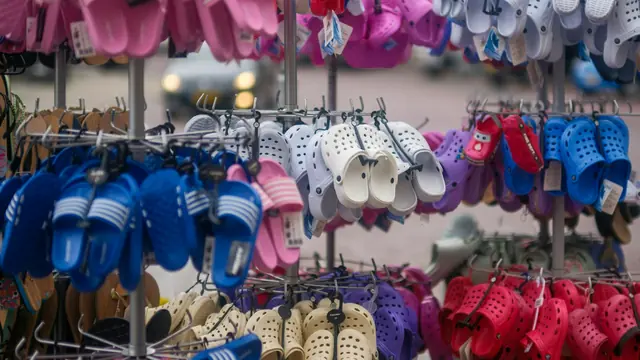
Survey Reveals Alarming Levels of Toxic Chemicals in Children's PVC Sandals in China
According to a survey conducted by the Shenzhen Zero Waste Environmental Protection Public Welfare Development Center, a charitable environmental protection organization, 10 samples of the top 10 best-selling products were purchased from five e-commerce platforms and sent to a qualified third-party testing agency for analysis. The results showed that 25 out of 50 sampled pairs of children's PVC sandals exceeded the safety standard for phthalate content, with an overall violation rate of 50%.
Among the 25 sandals that exceeded limits, the average phthalate level was 365 times higher than the standard, with the highest being 509 times. One sample, which exceeded the limit by 496 times, had sold over 1 million pairs. Furthermore, the survey found that 20 out of the 25 violating samples (80%) were unbranded products with no labeling.
Phthalates are widely used and inexpensive plasticizers, but they are also known endocrine disruptors. They can enter the human body through skin contact, inhalation, and other exposure pathways. Long-term exposure has been linked to abnormal development in children, early puberty, impaired reproductive system development, ADHD, increased risk of diseases such as asthma, allergies, and chronic heavy metal poisoning, as well as reduced sperm quality in adult men and hormonal imbalances in women.
How to Choose Safe Sandals for Children:
-
Buy from reputable sources: Choose to shop at reputable malls, supermarkets, or official brand stores on e-commerce platforms. Prioritize well-known brands with good reputations, as they tend to have better quality control and safety assurance.
-
Check the labeling carefully: Official product labels should include information such as product name, manufacturer name and address, applicable standards, material composition, etc. Products that comply with the mandatory national safety standard for children’s footwear ("GB 30585") should be given priority.
-
Avoid “three-no” products: Do not buy products with no brand, no certification, and no clear origin.
-
Be cautious with selection:
-
Avoid sandals with overly bright colors or strong odors, as these may contain high levels of toxic substances like heavy metals or plasticizers.
-
Don’t buy shoes without non-slip soles, which help prevent children from slipping and falling.
-
Avoid shoes with small decorative parts that children could tear off and accidentally swallow.
-
-
Let children try on the sandals: Make sure the child walks around to check for natural gait and comfort. Watch for signs of tightness, rubbing, or imbalance. Choose shoes that fit well, are non-slip, and made of uniform material with minimal decorations and quality craftsmanship.
-
Check product quality information: For some brands, you can find quality inspection reports on the company’s official website or the e-commerce platform. Pay attention to tests for plasticizers (7 types of phthalates), formaldehyde levels (≤20mg/kg for children's shoes, ≤75mg/kg for materials in direct contact with children's skin), anti-slip performance, and other safety indicators.
News in the same category


Why There’s a Tiny Hole in Airplane Windows And Why It’s So Important

Shrimp – The Silent Kil.ler for People with These Health Conditions!
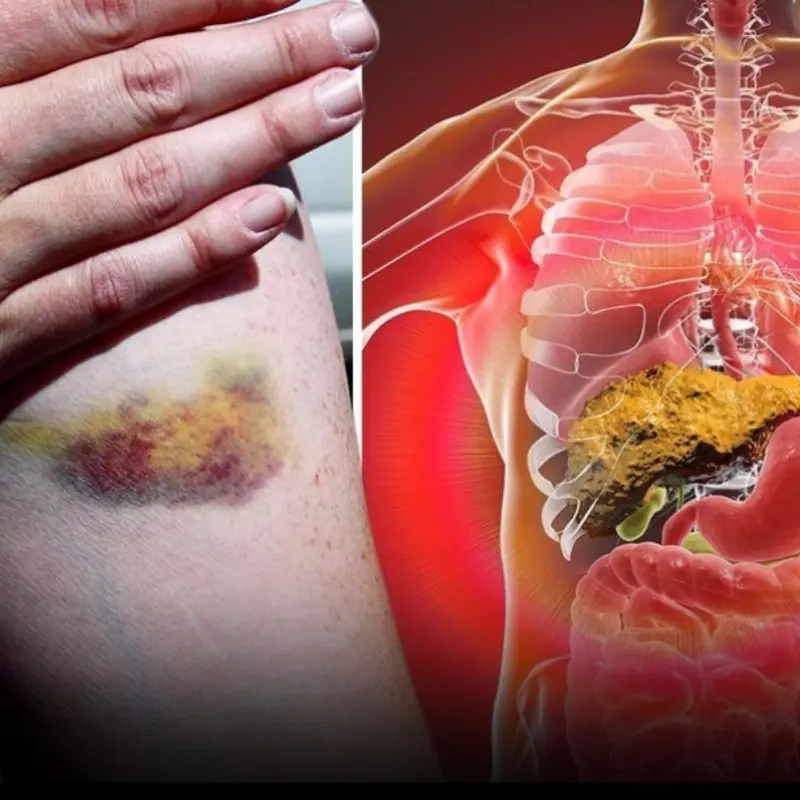
Warning Signs of an Unhealthy Liver: Watch for '3 Yellows and 1 Red'

What Your Nightmares Really Mean
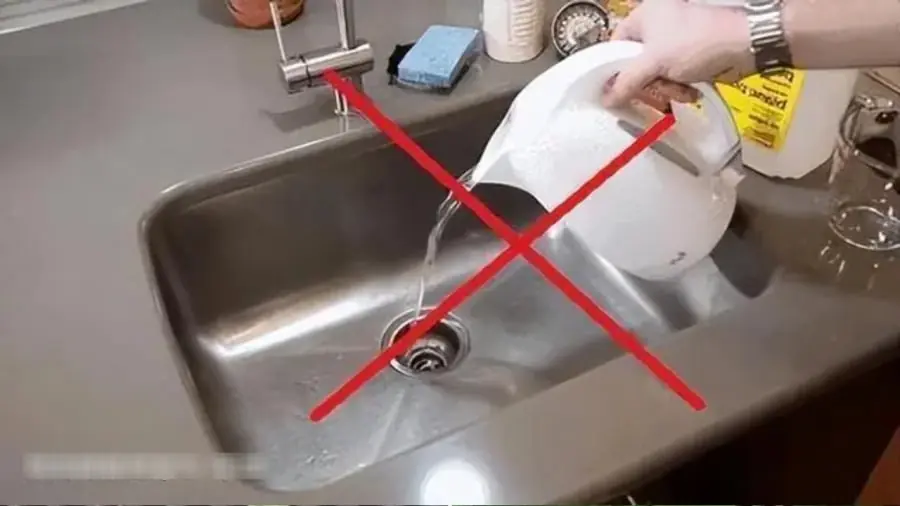
Pouring Hot Water into the Kitchen Sink
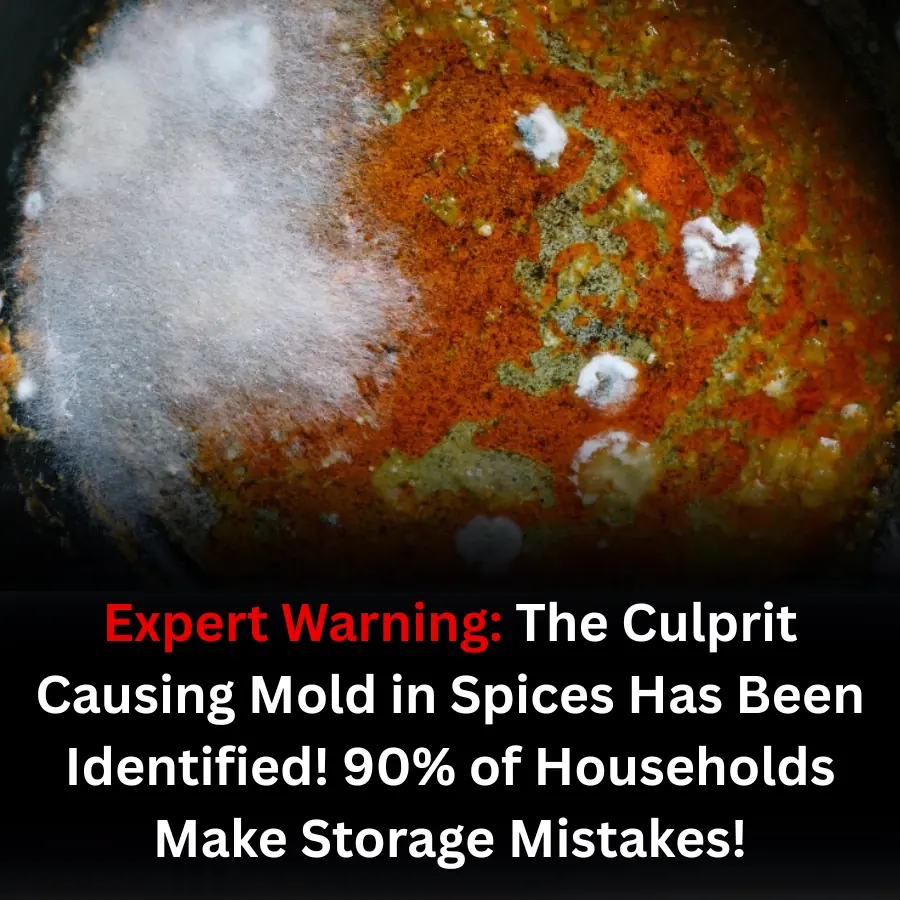
Expert Warning: The Culprit Causing Mold in Spices Has Been Identified! 90% of Households Make Storage Mistakes!

As a mother, please don't show favoritism!
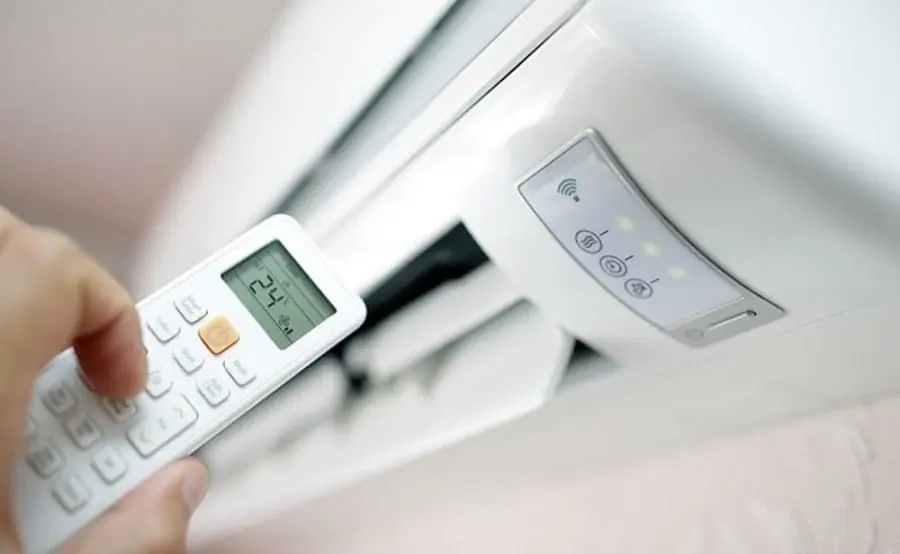
A Common Habit 9 Out of 10 People Make When Using Air Conditioners

3 Mole Locations That May Signal Skin Can.cer: Don’t Ignore These War.nings
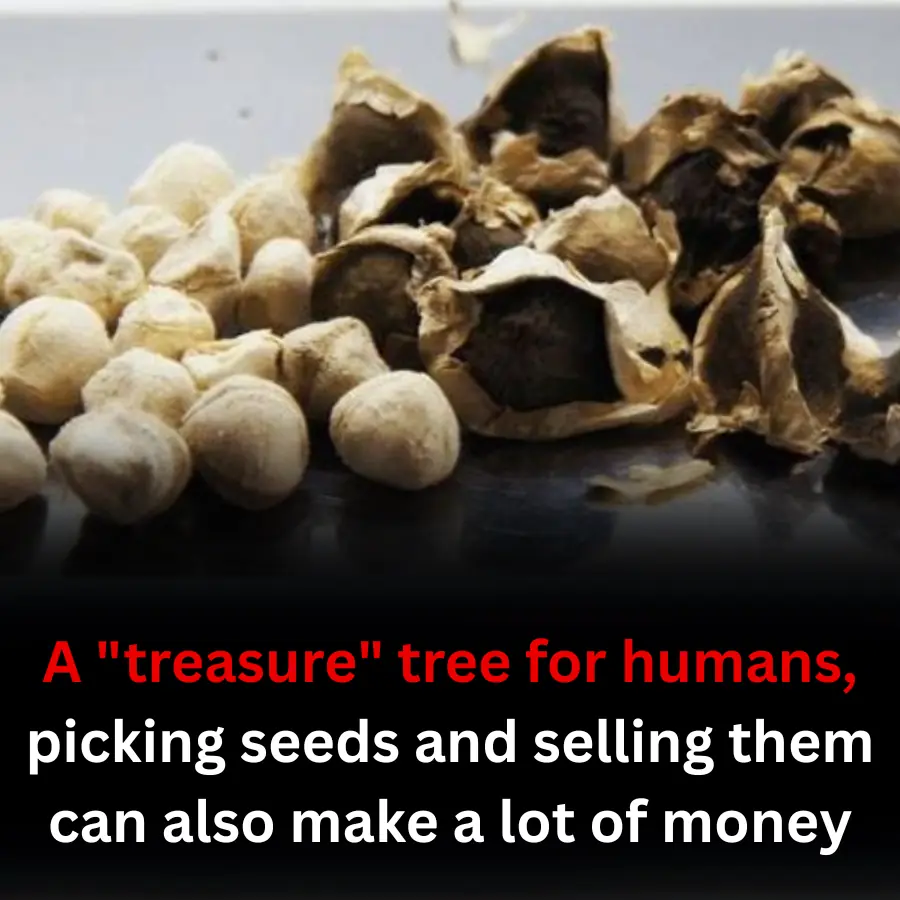
A "treasure" tree for humans, picking seeds and selling them can also make a lot of money

Marine Animal Shows Are Officially Banned in Mexico After Historic Legislative Vote
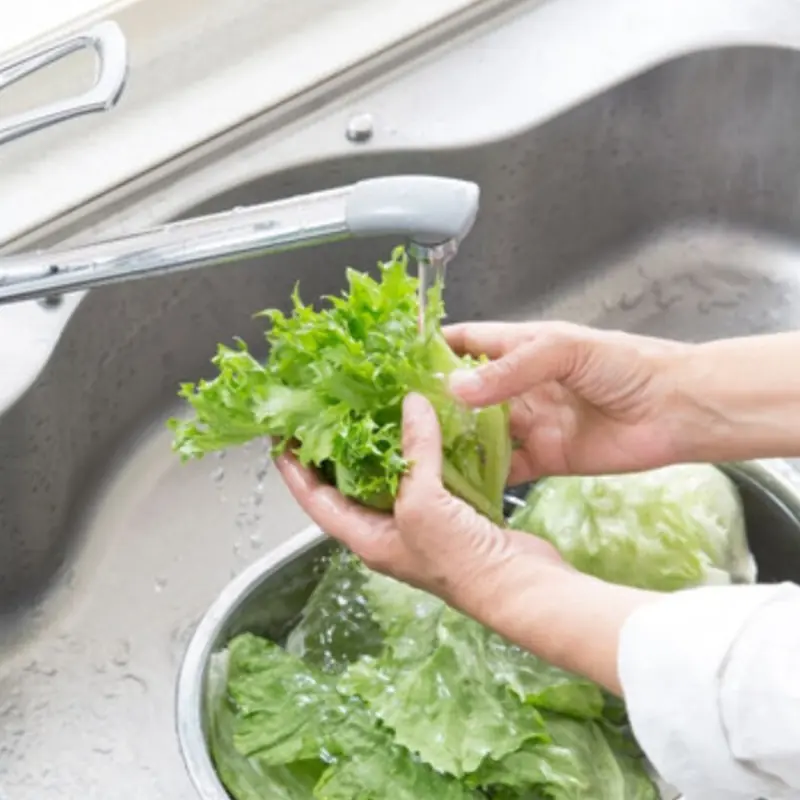
The U.S. Ranks the “World’s Best Vegetables”

Why hotel rooms are usually not numbered 420
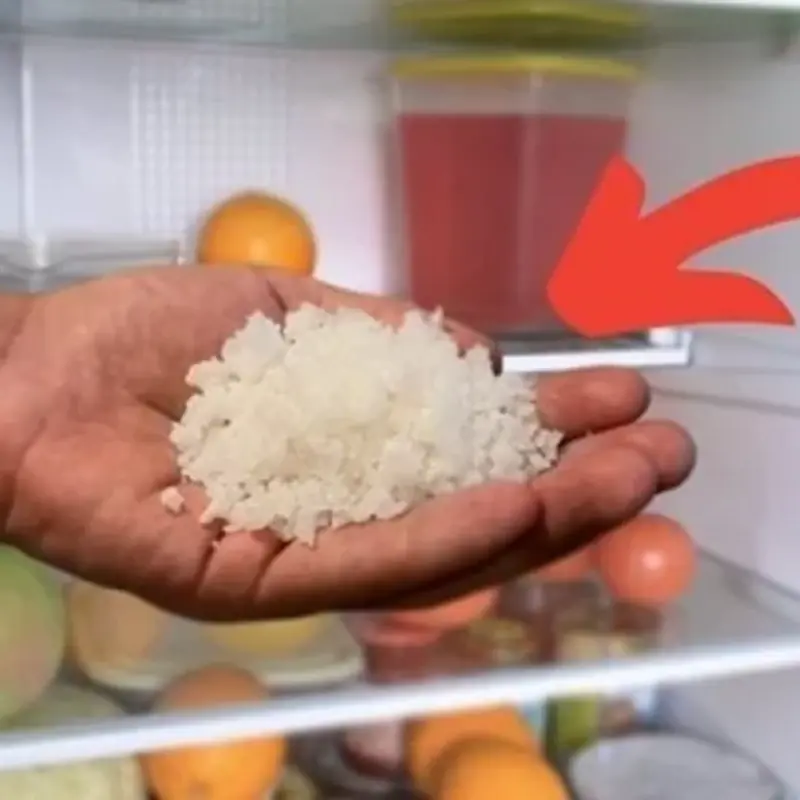
Put a Handful of Salt in the Fridge A Golden Trick Everyone Wants to Try After Reading

Do This Instead to Keep Them Fresh for a Whole Year
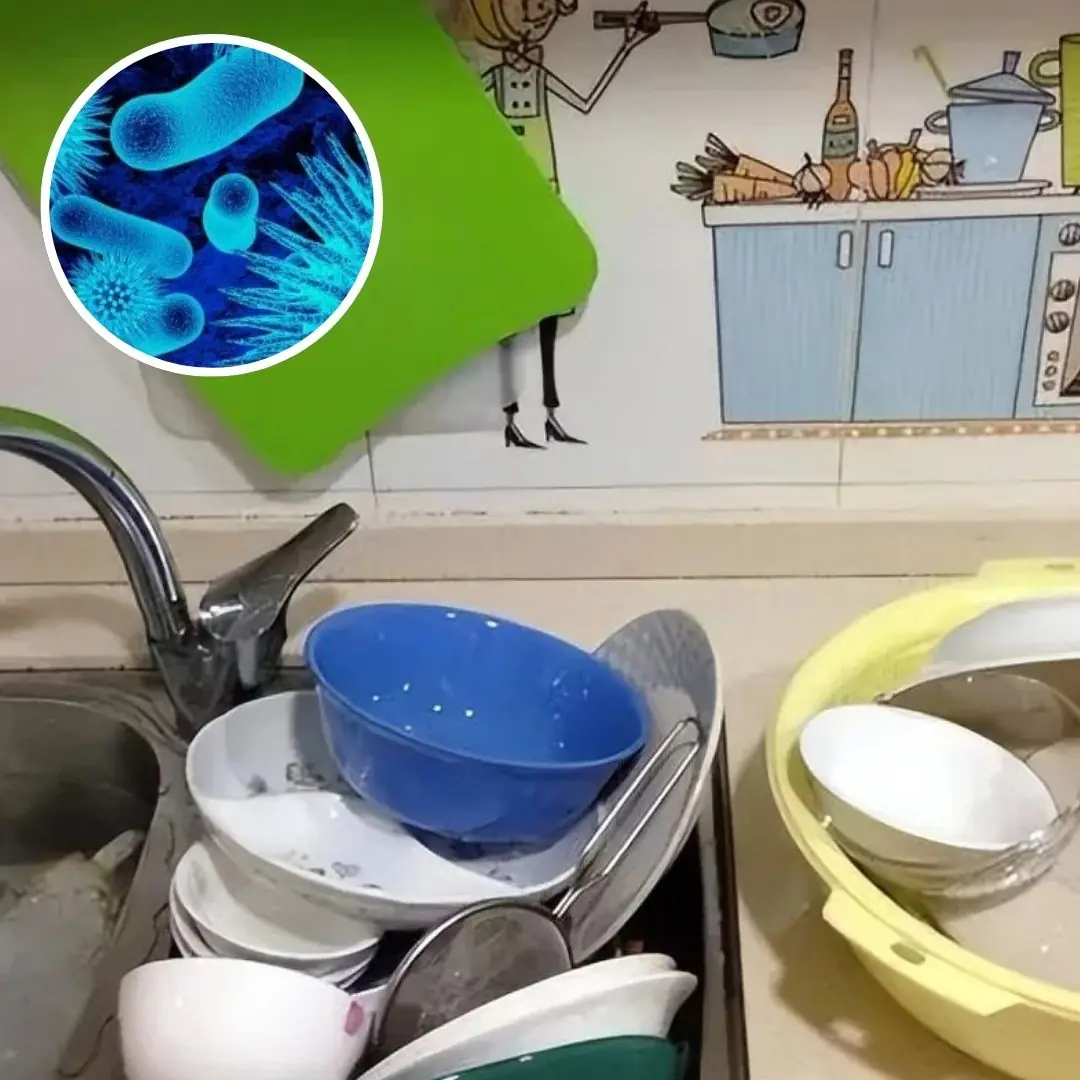
6 dishwashing habits that "invite trouble" that many families are making!

Alzheimer’s May Not Originate in the Brain, Scientists Suggest

Beleaguered Weather Service defends its forecasts as Texas officials point fingers over flood warnings
News Post

5 Bitter Vegetables That May Harm Your Liver If Overconsumed
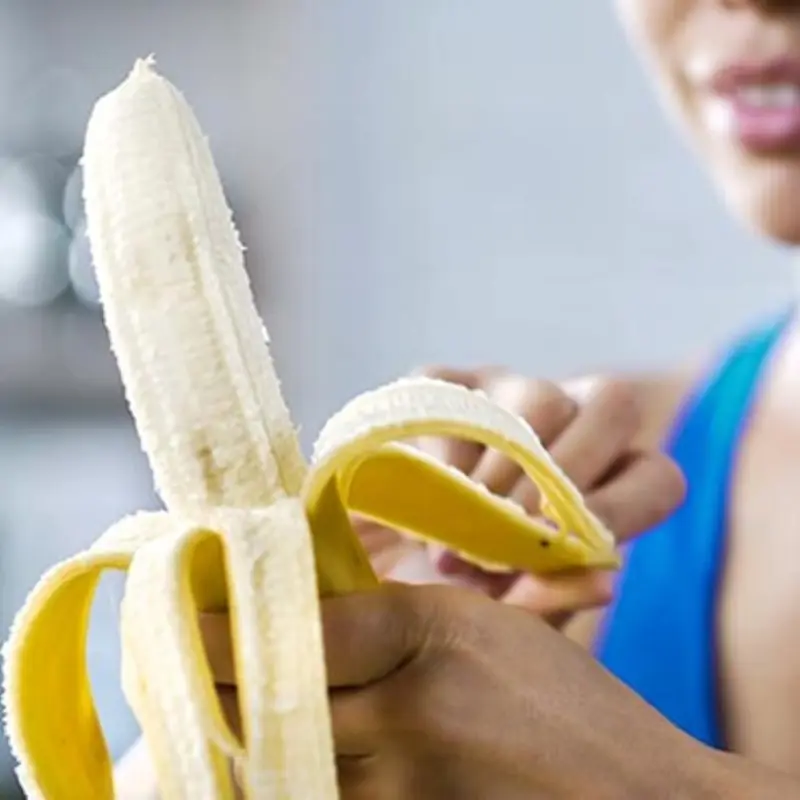
Eating One Banana a Day Provides 5 Surprising Health Benefits

Don’t Ignore These 2 Warning Spots
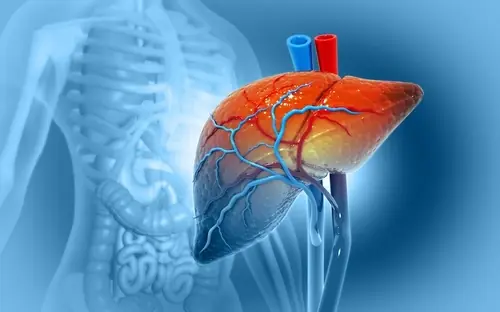
If you wake up in the morning and see your body has these 2 characteristics, be careful, your liver is on the "brink" of failure
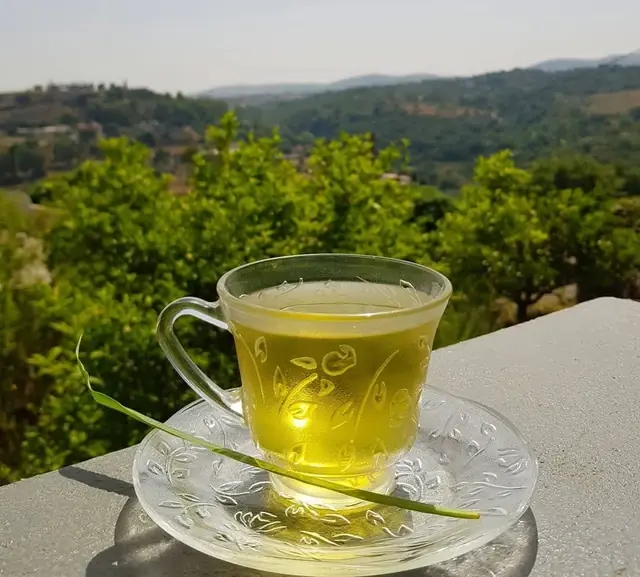
Doctors nod in approval: 5 cheap but extremely "high-quality" drinks in preventing stroke

A common mushroom turns out to be the "queen of immunity", rich in 18 types of amino acids and can prevent many diseases
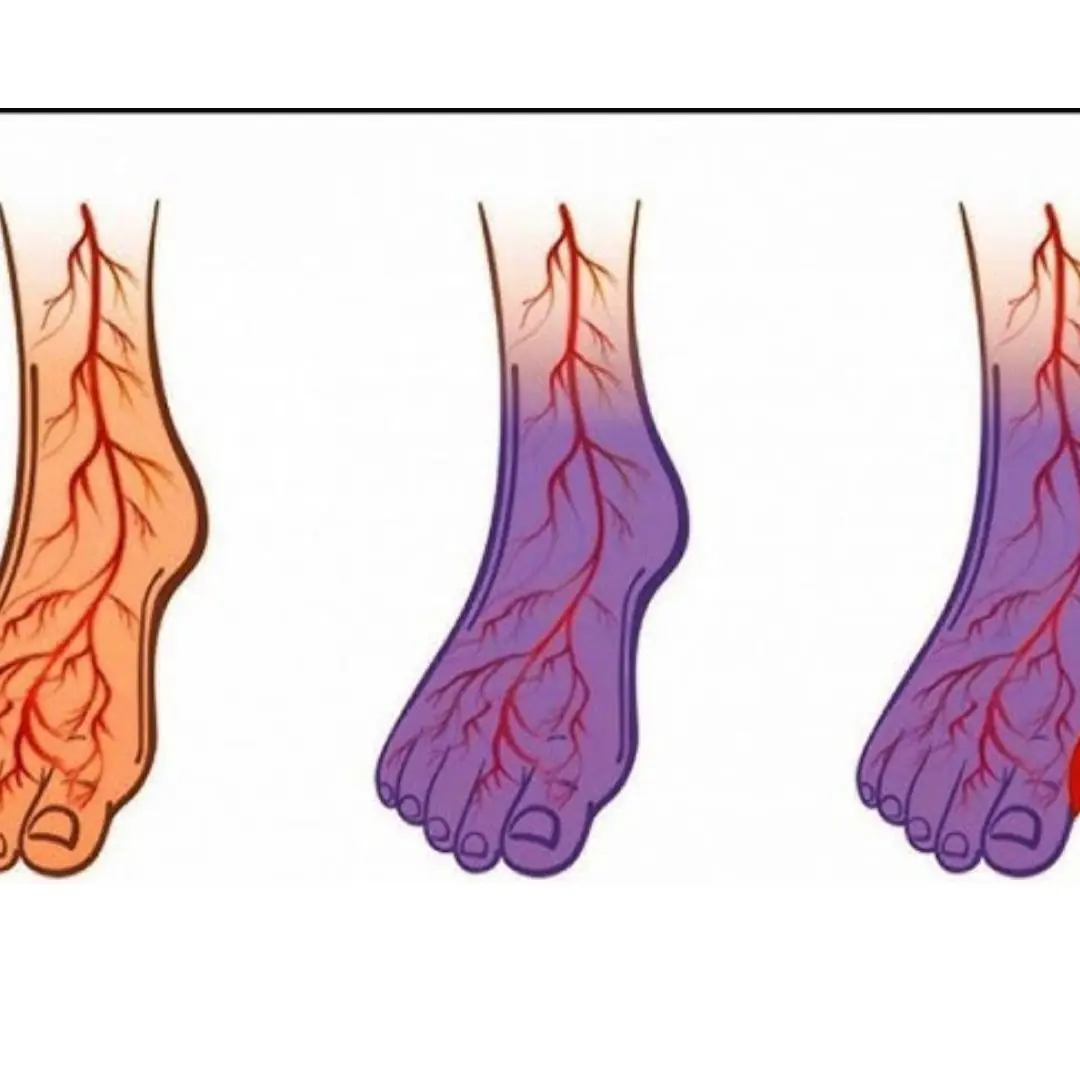
5 Things That Put You at Greater Risk for Developing Varicose Veins
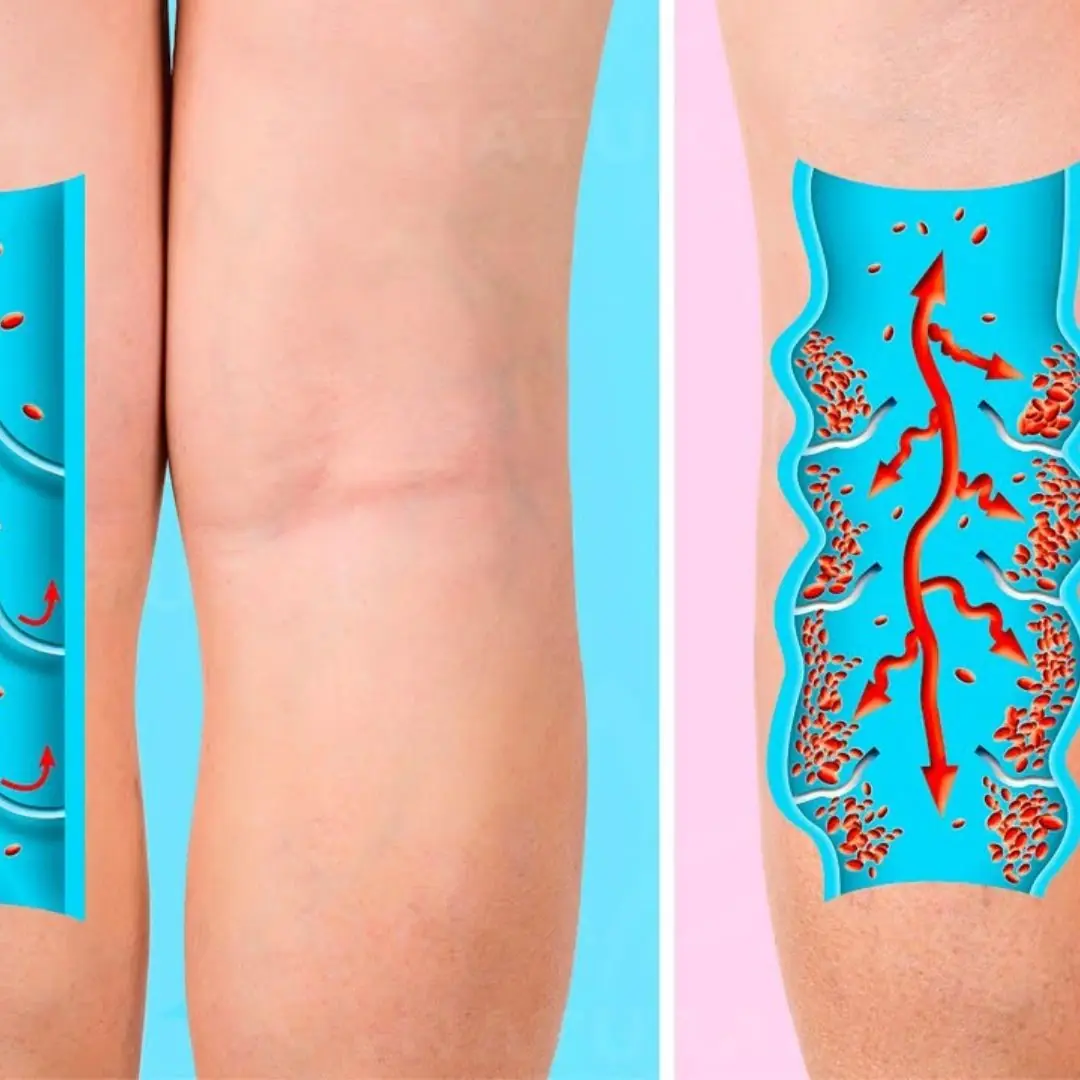
Tired of Poor Circulation and Varicose Veins? Try These 6 Effective Tips!
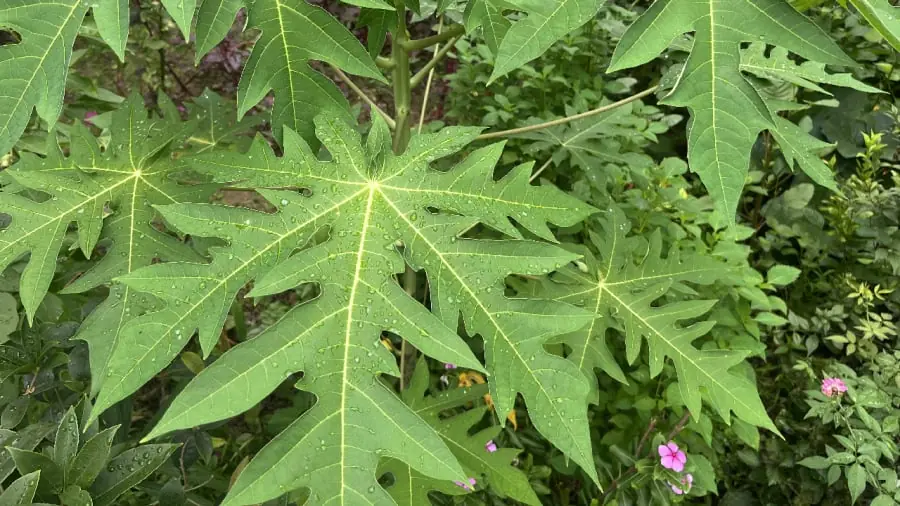
Papaya Leaves: A Valuable Medicinal Herb

Diagnosed With Two Types of Can.cer During a Routine Cough Check

Why There’s a Tiny Hole in Airplane Windows And Why It’s So Important
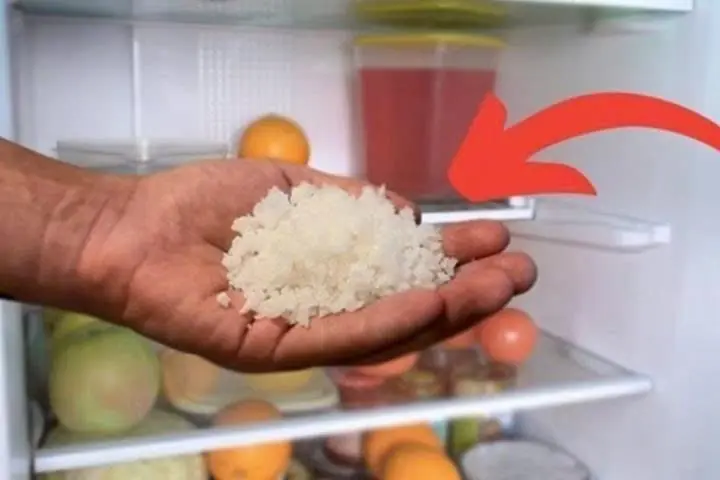
Put a Handful of Salt in the Fridge: The “Golden” Trick Every Household Needs

Shrimp – The Silent Kil.ler for People with These Health Conditions!

Warning Signs of an Unhealthy Liver: Watch for '3 Yellows and 1 Red'

What Your Nightmares Really Mean

Pouring Hot Water into the Kitchen Sink
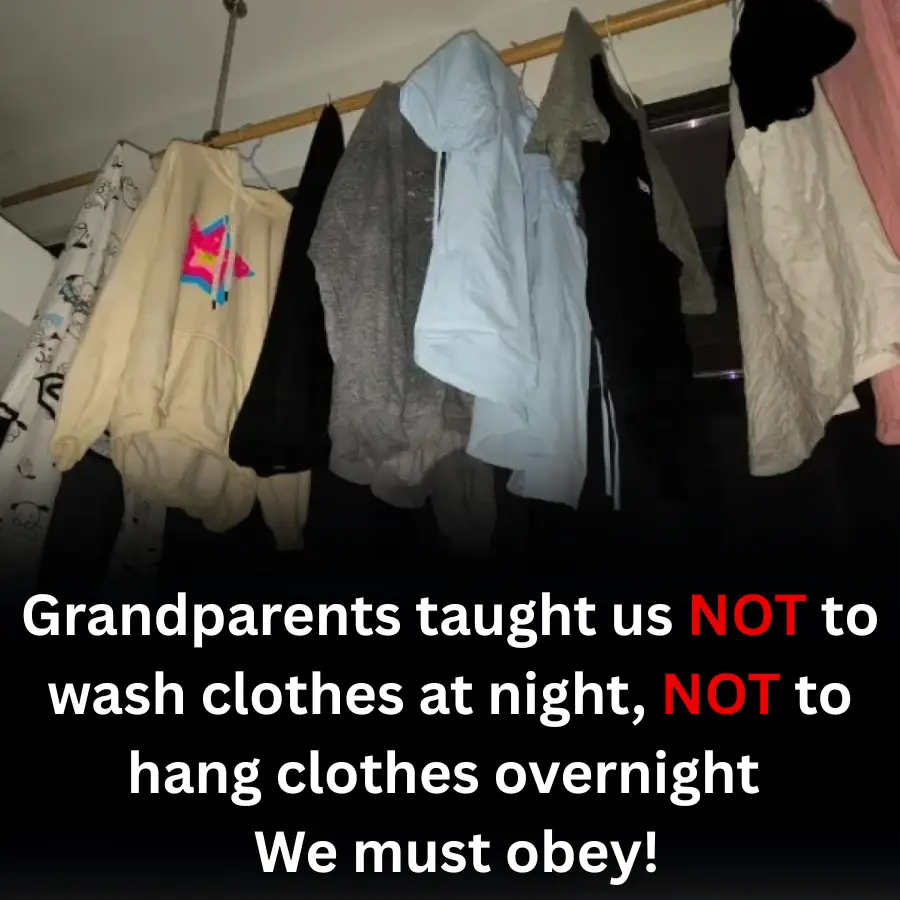
Grandparents taught us NOT to wash clothes at night, NOT to hang clothes overnight - We must obey!
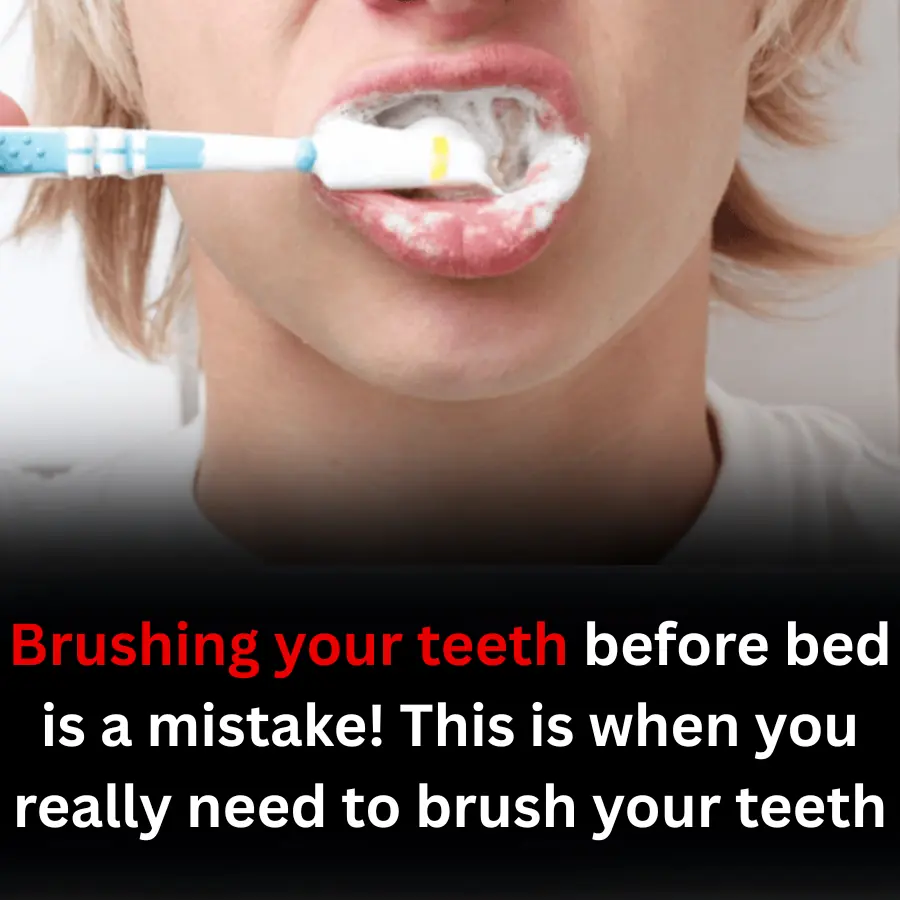
Brushing your teeth before bed is a mistake! This is when you really need to brush your teeth
